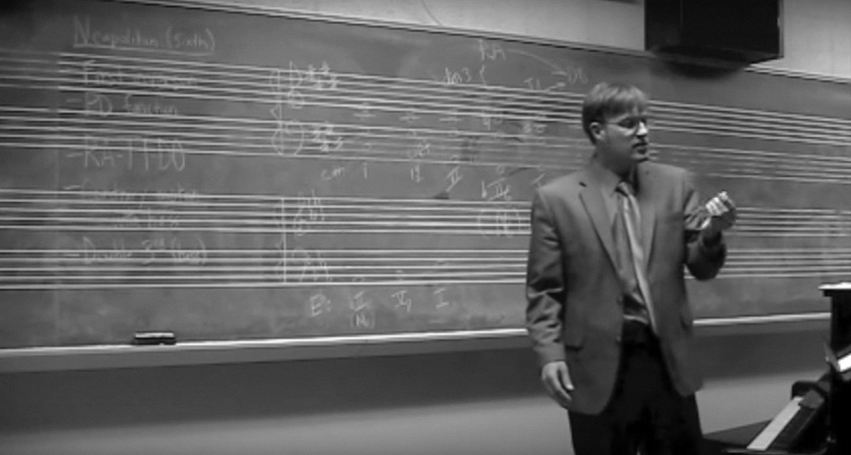I have published writings on John Coltrane, Brad Mehldau, Robert Glasper, and Bill Evans, as well as theoretical and educational materials.
|
|
|
Salience, Common Tones, and Middleground Dissonance in the Fourth Chorus of Brad Mehldau's Improvisation on "All the Things You Are."
Intégral: The Journal of Applied Musical Thought (2023) In this article I take a close look at Mehldau’s epic performance of “All the Things You Are” from Art of the Trio, Volume 4: Back at the Vanguard (1999). The essay uses layer analysis to show how dissonant tones create deep structure in Mehldau’s improvisation. Click HERE to view the online version of the article, which includes audio examples. |
|
|
Harmony versus Voicing: Modeling
Local-Level Salience and Stability in Jazz after 1960 Journal of the German Society for Music Theory (ZGMTH), 2022 In this article I compare the more salient features of jazz with what lies beneath the surface, presenting a new theory called Stable Norms and Salient Deviations. I then illustrate this theory with a detailed analysis of Robert Glasper’s performance of “North Portland.” Click HERE to view the online version of the article, which includes audio and video examples. |
|
